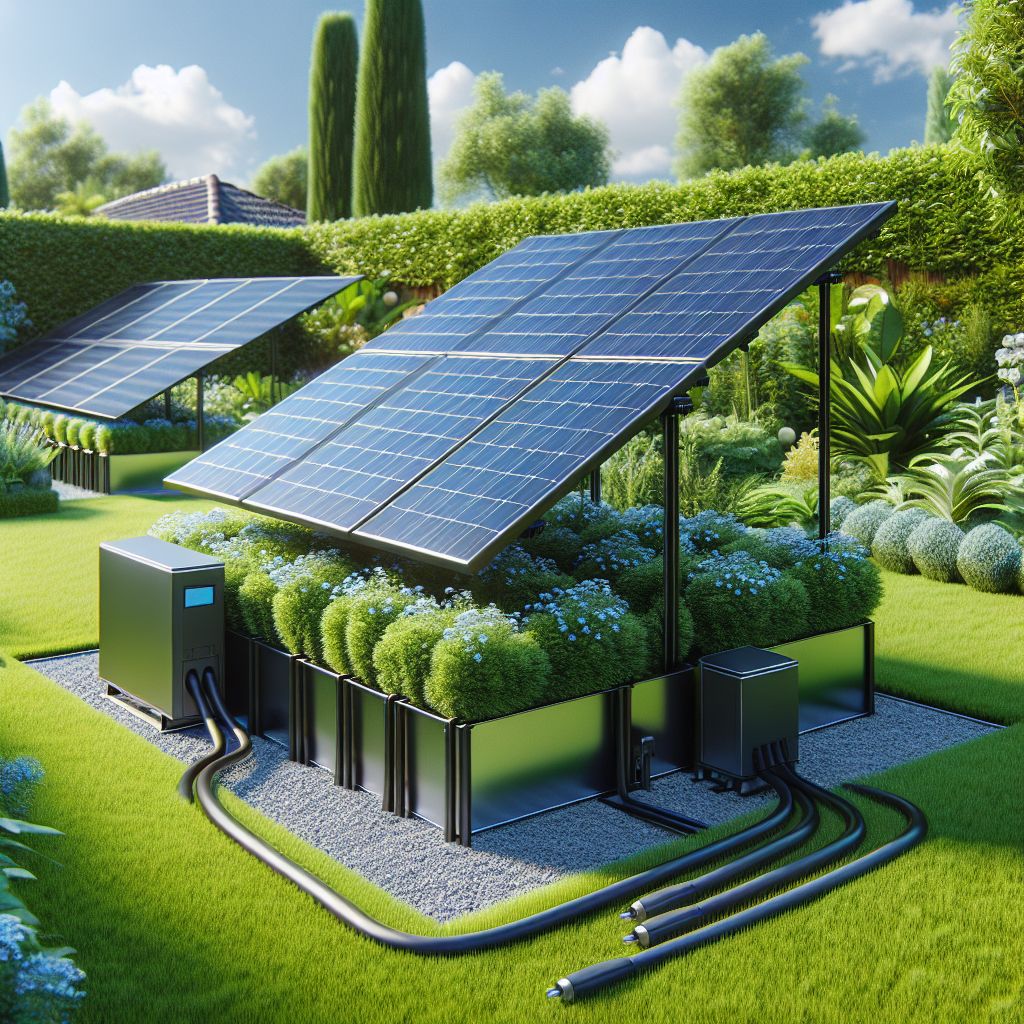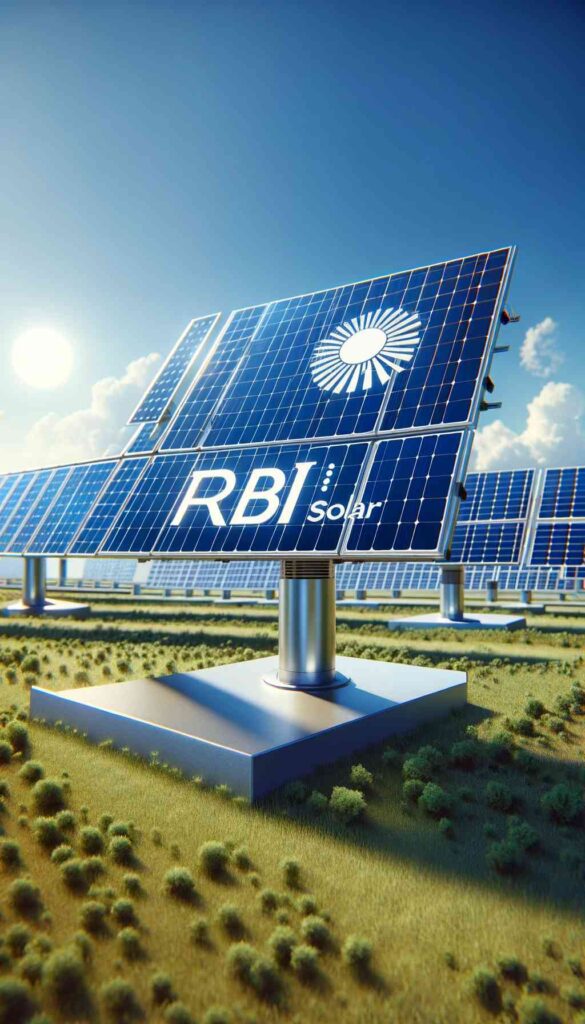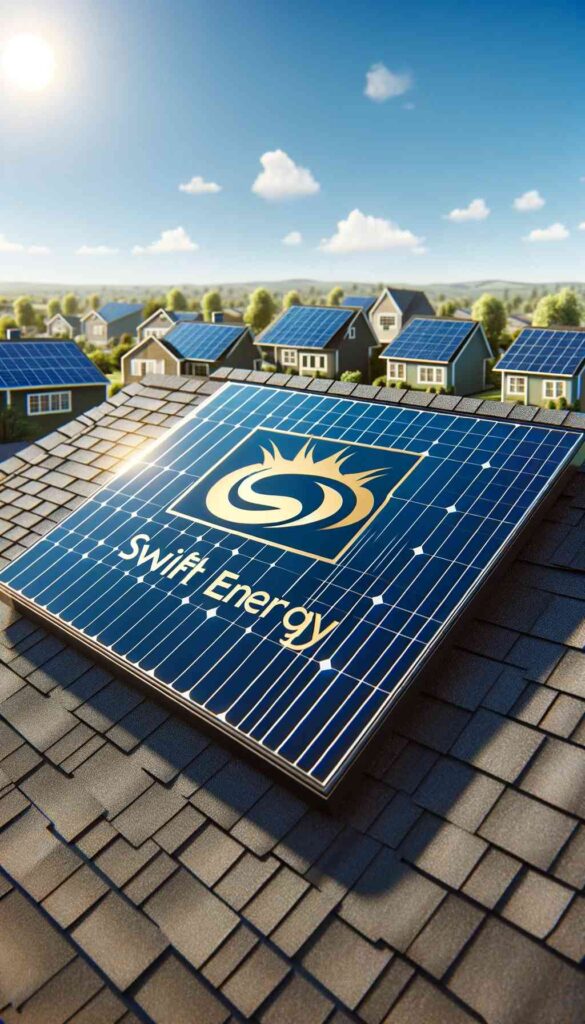
Key Takeaways:
- Solar power is a perfect match for tiny homes, offering both environmental and financial perks.
- To gauge your energy needs, tally up your daily power use and think about how you live.
- Picking the right solar panels means looking at efficiency, size, and how they’ll fit your space.
- Get creative with where you put your solar panels to squeeze out every bit of power.
- Check out incentives like tax credits and rebates that could make your solar switch more affordable.
Shrinking the Solar Footprint: The Power of Compact Solutions
When you’re working with limited square footage, every inch counts. That’s why compact solar solutions are so ingenious. They’re designed to fit snugly on the roof of a tiny home, an apartment balcony, or even a van. They pack a punch energy-wise, without taking up a lot of space or causing a fuss.
What Defines a Compact Solar Solution?
A compact solar solution is all about fitting into small spaces without compromising on power. These systems are often modular, flexible, and can be tailored to meet specific needs. Think of them as the Swiss Army knife of the solar world – small, but mighty.
Comparing Compact vs. Traditional Solar Setups
Traditional solar setups can be bulky, with large panels and complex mounting systems. But compact solar solutions are a different breed. They’re sleek, lightweight, and often come with easy-to-install kits. And most importantly, they’re designed to work just as hard as their bigger cousins, squeezing every drop of energy from the sun.
Assessing Your Small Space for Solar Potential
Before you dive into solar, take a look around your space. How much sun does it get? Are there trees or buildings casting shadows? These factors will affect how well your solar setup will work.
Calculating Energy Needs for Your Specific Conditions
Start by figuring out how much energy you use. Check your utility bills or use an energy monitor. Then, think about what you do each day. Do you work from home? Love to bake? Your habits will help determine how much power you need.
Evaluating Sunlight Availability and Panel Placement
Once you know your energy needs, it’s time to play detective with sunlight. Track where the sun hits throughout the day. This will give you clues on where to place your panels for maximum sun exposure.
Remember, it’s not just about quantity; it’s about quality, too. The angle of the sun changes with the seasons, so adjustable mounts or tracking systems can help you follow the sun’s path, making sure your panels always catch those rays.
And don’t forget to check local codes and regulations. Some areas have rules about where you can put solar panels, especially in historic districts or shared buildings.
Alright, you’ve got the basics down. Next, we’ll dive into the nitty-gritty of compact solar technologies and installation tactics that’ll have you soaking up the sun in no time.
Innovative Solar Panel Designs for Limited Spaces
As we venture further into the realm of compact solar solutions, we find ourselves face-to-face with some truly innovative designs. These are not your average, run-of-the-mill panels. We’re talking about solar panels that can roll out like a yoga mat or fold up like an accordion. These designs are not only space-savers but are also light enough to be easily moved, making them ideal for those who rent or often relocate.
Another game-changer in the compact solar scene is the advent of thin-film solar cells. These cells can be applied to surfaces like a sticker, and while they’re not as efficient as traditional panels, their versatility in application makes them a valuable player in the solar power game for small spaces.
Integrating Solar Power with Smart Home Systems
Now, let’s talk about smart homes. These aren’t just houses that can play your favorite song or order groceries with a voice command. A truly smart home is one that integrates its solar power system with its overall energy management. This means using smart meters and home energy management systems to track how much power you’re generating and using. It also means automating things like shading and window opening to make the most of natural light and heat.

Installation Tactics for Tiny Houses and Urban Dwellings
When it comes to installing solar panels on a tiny house or an urban dwelling, you’ve got to think outside the box—or in this case, outside the traditional roof setup. We’re talking about carports, awnings, and even solar window films. These solutions allow you to capture solar energy without a large, flat roof space.
Creative Placement Ideas for Maximizing Efficiency
Getting the most out of your solar panels in a small space means getting creative with placement. Consider these options:
- Vertical walls: Who says solar panels have to be on the roof? If you’ve got a sunny wall, use it!
- Window mounts: Solar panel technology can now be integrated into window designs, generating power while letting light in.
- Balconies and railings: Use these often-overlooked spaces to mount smaller panels.
With a bit of creativity, you can turn almost any sun-exposed part of your home into an energy-generating powerhouse.
But what if you’re not the handiest person with a toolset? That brings us to our next point.
Do-It-Yourself vs. Professional Installation Options
If you’re comfortable with a drill and a level, you might be up for installing your own compact solar solution. Many systems come with user-friendly instructions and can be set up in an afternoon. Just make sure you’re following all safety guidelines and local regulations.
But if DIY isn’t your style, there’s no shame in calling in the pros. Professional installers can get your system up and running quickly and safely, and they’ll often provide warranties and maintenance services as well.
Financial Incentives and Savings with Compact Solar Solutions
Let’s talk money, because let’s face it, that’s a huge part of going solar. The good news is, there are plenty of financial incentives out there to help you make the switch.
Understanding Tax Credits and Rebates for Solar Investment
Many governments offer tax credits and rebates for installing solar panels. These can cover a significant portion of your costs, so it’s worth doing some research to see what’s available in your area. For example, in the United States, homeowners can claim a federal solar tax credit that reduces the cost of their system by a certain percentage.
Calculating the Long-Term Savings of Going Solar
When you’re weighing the costs of going solar, don’t just look at the upfront price tag. Think long-term. Over the years, the energy your solar panels generate will save you money on your electric bill. And with the cost of electricity on the rise, those savings could be substantial.

Multipurpose Solar Solutions: More Than Just Electricity
Compact solar solutions can do more than just power your lights and electronics. They can also heat your water, cook your food, and even charge your electric car. By combining photovoltaic (PV) technology with solar thermal systems, you can harness the sun’s energy for multiple purposes.
Combining Solar Thermal with PV Technology for Maximum Effect
Solar thermal technology captures the sun’s heat directly, making it perfect for things like water heating and space heating. When you combine this with PV technology, which converts sunlight into electricity, you get a one-two punch of solar power that can cover a wide range of energy needs.
Solar Cooking and Water Heating in Space-Constrained Living
Imagine whipping up a batch of cookies in a solar oven or taking a hot shower courtesy of the sun. These are real possibilities with compact solar solutions. Solar cookers come in various sizes, perfect for a small patio or balcony. And solar water heaters can be sized to fit your household’s needs, ensuring you’ve always got hot water when you need it.
Navigating the Compact Solar Market: Products and Providers
As you start shopping for compact solar solutions, you’ll want to keep an eye out for products that are reliable and companies that have a solid track record. Look for certifications, warranties, and reviews from other customers to guide your decisions.
Remember, going solar in a small space isn’t just about saving space—it’s about saving the planet and some cash while you’re at it. With the right setup, you can enjoy clean, renewable energy that’s tailored to your unique living situation. Now that’s a bright idea.
Navigating the Compact Solar Market: Products and Providers
When you’re ready to embrace solar power for your small space, navigating the market can seem daunting. You’ll encounter a variety of products and providers, each promising the perfect solution. The key is to identify which offerings align with your unique needs and constraints. For those considering tiny home solar solutions, it’s important to research and compare to find the best fit for your lifestyle.
Start by researching compact solar panels and kits that are designed specifically for small-scale applications. These products should be versatile, efficient, and, above all, scalable to fit your space. Look for panels with high energy conversion rates to ensure you get the most bang for your buck.
Identifying Reliable Solar Products for Small Spaces
To find reliable solar products for small spaces, you’ll want to focus on a few key features:
- Size and shape that fit your available space
- High efficiency to maximize energy production
- Durability to withstand weather and environmental conditions
- Warranty and support from the manufacturer
It’s not just about the specs, though. You’ll also want to consider how the solar solution integrates with your home’s design and your lifestyle. The best solar products for small spaces are those that blend seamlessly into your environment and support your energy goals without compromise.
Vetting Solar Solution Providers and Reviews
When it comes to choosing a provider, do your homework. Look for companies with a proven track record in the compact solar market. Read customer reviews and testimonials to gauge the quality of their products and services. And don’t hesitate to reach out with questions. A trustworthy provider will be happy to discuss your needs and help you find the right solar solution.
As you evaluate your options, consider the installation process and after-sales support. A good provider will offer clear instructions, helpful customer service, and a warranty that protects your investment. These factors are crucial for ensuring that your compact solar solution lives up to its potential.

Frequently Asked Questions (FAQ)
Can You Implement Solar Solutions in a Rental Space?
Yes, you can implement solar solutions in a rental space, but it often requires a conversation with your landlord. Portable solar panels and solar chargers are great options for renters. They can be set up and taken down easily, leaving no permanent changes to the property.
For more integrated solutions, you’ll need permission to install anything that attaches to the building. It’s worth noting that some landlords may be open to solar installations if they understand the benefits, such as increased property value and appeal to eco-conscious renters.
How Do Weather Conditions Affect Compact Solar Solutions?
Weather plays a significant role in the performance of solar panels. Compact solar solutions are designed to be resilient, but extreme conditions like heavy snow, hail, or high winds can impact efficiency. Most panels are built to withstand typical weather patterns, but it’s essential to consider local conditions when choosing your system.
Solar panels require sunlight to produce energy, so cloudy days will naturally result in lower power output. However, even on overcast days, solar panels can still generate electricity, albeit at reduced levels.
What is the Lifespan of a Compact Solar Panel?
Compact solar panels typically have a lifespan of 25 to 30 years. While they may not produce as much energy as they did in their prime, they don’t just stop working after this time. Their energy output gradually decreases, a process known as degradation rate, which is usually around 0.5% to 1% per year.
How to Store Excess Solar Energy in Small Living Situations?
Storing excess solar energy is crucial for ensuring a consistent power supply, especially when the sun isn’t shining. In small living situations, compact battery storage systems are ideal. These batteries can store the energy generated during the day for use at night or during power outages.
When selecting a battery storage system, consider the capacity you’ll need based on your energy consumption and the space available for the battery. Lithium-ion batteries are a popular choice due to their high energy density and compact size.
Is It Possible to Run an Entire Tiny Home on Solar Power Alone?
Yes, it is entirely possible to run a tiny home on solar power alone. The key is to design a system that meets your energy needs while accounting for factors like climate, seasonal changes, and your lifestyle. You’ll need to calculate your energy usage carefully, choose efficient appliances, and possibly adjust your energy habits.
With the right setup, including sufficient solar panels, a robust battery storage system, and energy-efficient appliances, your tiny home can be a self-sufficient, solar-powered haven.
In conclusion, compact solar solutions offer a sustainable and efficient way to power small spaces. By understanding your energy needs, selecting the right products, and working with reputable providers, you can enjoy the benefits of solar power even in the smallest of homes. With advances in technology and increasing affordability, now is a fantastic time to consider making the switch to solar. So, harness the power of the sun and take a step towards a greener, more sustainable future.


